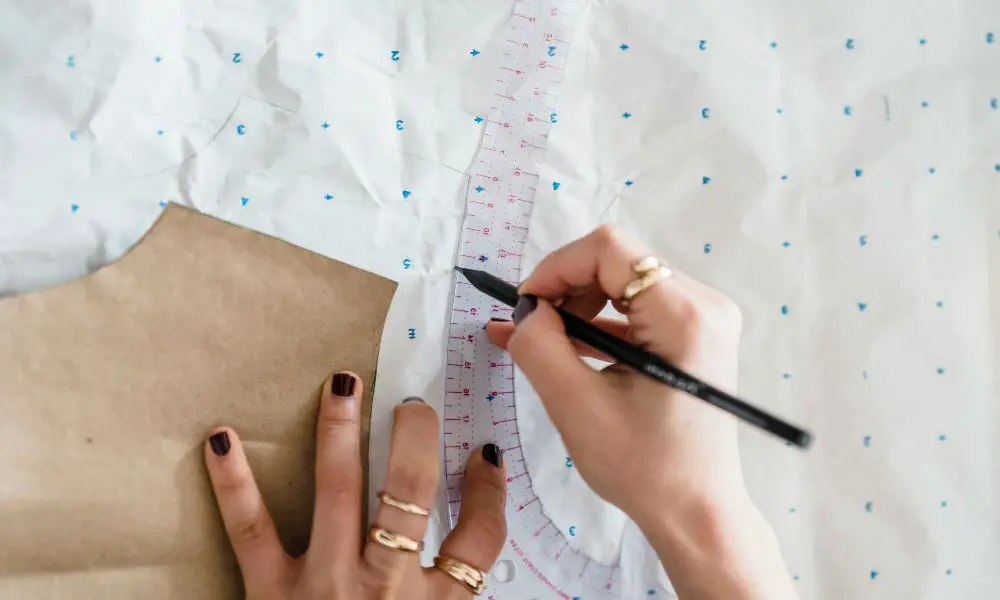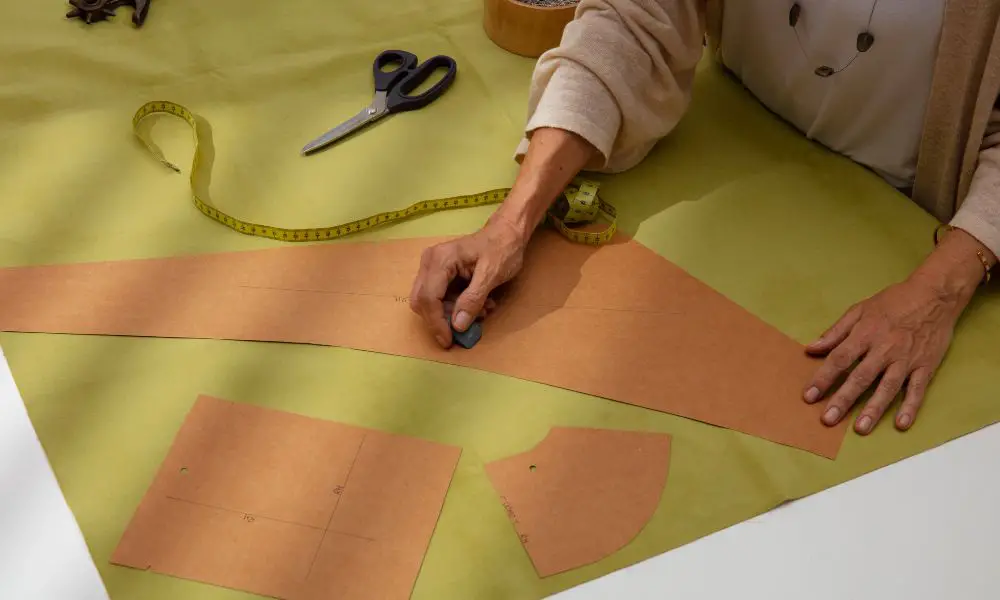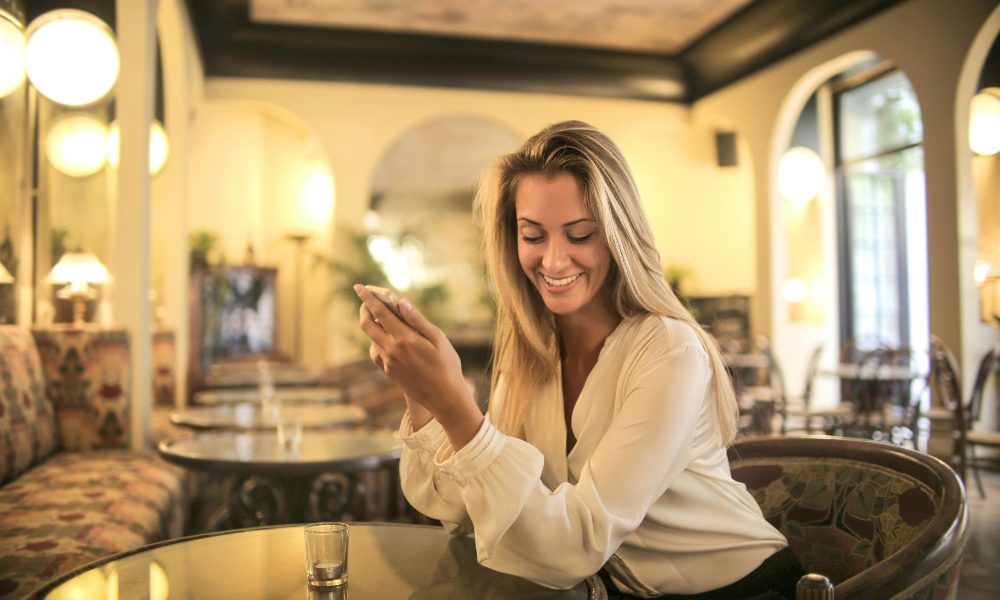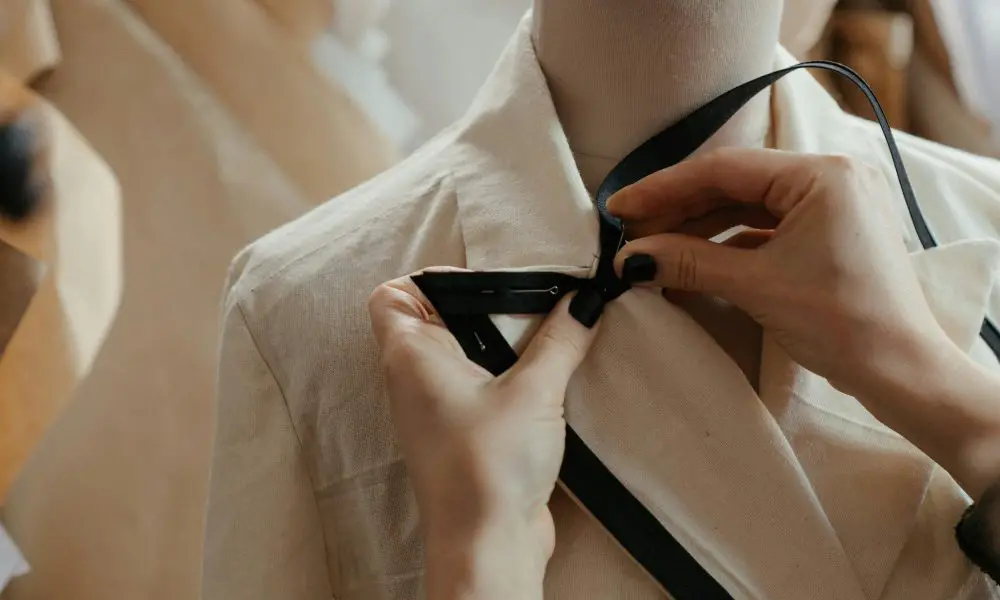Making your sewing patterns allows you to craft unique garments tailored to your measurements and style preferences. It’s a fun and rewarding process that opens up endless possibilities for self-expression through fashion. Here’s a concise overview:
- Gather materials and take measurements
- Sketch design ideas and select fabric
- Draft pattern pieces and create a muslin
- Make fit adjustments and finalize the pattern
- Cut fabric and bring your creation to life!
Intrigued? Let’s explore the captivating world of pattern-making in more detail. Are you prepared to set free your inner designer?
Assemble Your Pattern Drafting Tools
Before commencing sketching and drafting, assembling the appropriate tools and materials is essential. Invest in a quality flexible tape measure to ensure accurate body measurements. French curve rulers in various shapes will be necessary for drafting curved pattern pieces like armholes and necklines.
You’ll also need a supply of pattern paper or cloth, sharp fabric scissors, weights to hold the pattern pieces in place, and plenty of pencils for marking up those draft versions. Having a sturdy pattern cutting surface like a self-healing mat is incredibly helpful, too.
Pro Tip on Pattern Paper
While you can use inexpensive butcher paper or medical exam paper, consider splurging on legitimate pattern paper. This specialized paper is sturdy yet flexible, accepting pencil marks beautifully. Plus, those distinctive gridlines provide a handy guide for maintaining proper scale and grain line when drafting.
Decide on a Pattern Style and Sketch
Now comes the fun part – letting your creative juices flow! Spend some time browsing sewing blogs, fashion magazines, and runway looks for design inspiration. Maybe you’ve been coveting that trendy wrap dress or fantasizing about the perfect palazzo pants.
Start by loosely sketching your garment ideas, playing with different necklines, sleeve styles, pockets, and other design elements. Don’t worry about being a master illustrator – simple outlined shapes will suffice. The sketching stage is about capturing the overall vibe and proportions you want.
Next, you’ll need to choose between drafting a basic sloper foundation pattern or a new design from scratch. Slopers like a basic bodice block or skirt sloper can be modified endlessly into different garment styles. But if your vision is ultra-unique, you may want to dive right into pattern drafting for that specific design.
Fabricating Fabric Fantasies
As you sketch, consider the type of fabric you’d like to use. The weight, drape, and fiber content will influence the pattern’s seam allowances and finishing details. After all, a flowy rayon challis calls for different pattern adjustments than a sturdy cotton canvas. Window shopping at fabric stores can provide plentiful inspiration!
Follow the Flat Pattern Cutting Method

With your design concept and fabric chosen, it’s time to start drafting those pattern pieces using the flat pattern cutting method. This technique involves manipulating a set of flat paper or cloth pattern pieces, as opposed to draping fabric directly on a dress form.
If you’re modifying a sloper pattern, trace those essential pieces onto fresh pattern paper or cloth. From there, you can pivot darts, redraw necklines and armholes, and slash-and-spread to incorporate any unique design elements you sketched. Commercial sewing patterns can also provide a helpful starting point for modification.
The Bodice Block Blueprint
To draft an entirely new pattern, you’ll first need to create a custom-fit bodice block or sloper based on your measurements. This basic building block establishes the frame from which you can design top and dress patterns tailored to your figure. Follow the step-by-step instructions in a patternmaking book or online tutorials for drafting this crucial foundation pattern piece.
Once you have your bodice sloper, unleash your creative flair! Use the flat patternmaking techniques to:
- Manipulate seamlines and darts
- Incorporate design lines for stylish detailing
- Draft sleeves, necklines, skirts, and pants to integrate
Don’t forget to transfer all important markings like grain lines, notches, and seam allowances. These details make the construction process seamless when you move to cutting fabric.
Stitch a Muslin Test Garment
With your drafted pattern pieces finally complete, it’s time for the pivotal muslin fitting step. Essentially, you’ll be stitching together an inexpensive practice version of your garment using muslin fabric before cutting it into your luxurious fashion fabric.
Sewing up this test run allows you to analyze your pattern’s fit, proportion, and drape in real life. Does that neckline sit comfortably? Are the sleeves too tight or gaping? Does the overall look match your initial vision?
Try on the muslin and have a friend mark any areas that need adjustment directly on the fabric with chalk or a fabric pen. Maybe the bust darts need to be repositioned, or you want to take a smidge in the waistline. This step prevents costly mistakes while providing invaluable practice runs of the construction order.
The Pattern Tuning Process
Once you’ve noted all the needed changes on your muslin, it’s time to revisit those flat pattern pieces for fine-tuning. Transfer over all those marked adjustment points, redrawing seamlines and notches as needed. If the fit tweaks were significant, you may need a second muslin run-through.
But once you’ve perfected that final pattern, transfer it to fresh pattern paper with all grainlines, notches, and labels marked. This master pattern is now ready to cut out your dream garment fabric!
Bring Your Custom Creation to Life
With your uniquely crafted sewing pattern prepped, you can finally cut into that gorgeous fashion fabric and start sewing up the real deal. As you construct the garment, refer closely to any notes you made during the muslin stages about the order of construction, areas that may need extra care, etc.
If you run into any stumbling blocks, don’t be afraid to seam rip and re-stitch portions. Part of the beauty of sewing is being able to tweak and adjust as you go until you achieve perfection. Once those final stitches are secured, give your newly handmade creation an admiring twirl – you did that!
Be prepared for plenty of compliments and “Where’d you get that?” inquiries when you debut your custom-patterned garment. Just revel in your slow fashion accomplishment of crafting a truly one-of-a-kind piece!
A Passion for Pattern Making
Perhaps you caught the underground pattern design bug in bringing your vision to life.If so, don’t stop at just one creation!The skills used to draft this initial pattern can be leveraged to spawn an entire line of made-to-measure apparel.
From slinky loungewear to chic suiting, channels like Blueprint and Skillshare provide endless tutorials to level your patternmaking prowess. Tools like Adobe Illustrator and pattern design software expand your capabilities even further. The sky’s the limit when you have custom patterns as your canvas.
FAQs
How do I adjust a pattern for a better fit?
There are several techniques, like pivoting darts, slashing and spreading seams, or doing a flat pattern adjustment to customize the fit of your drafted pattern. Always make a muslin test version first to identify any areas that need tweaks.
What’s the best paper for making sewing patterns?
Specialized pattern paper with gridlines is ideal, but you can also use inexpensive alternatives like butcher paper or medical exam table paper. Just be sure to use a stiff yet drapey paper that can accept pencil markings.
How do you sew clothing without commercial patterns?
Drafting your own patterns from scratch requires some patternmaking knowledge and special tools like french curve rulers. Yet, it offers boundless opportunities to craft 100% custom, distinct garment designs that suit your body and style preferences perfectly.
Can you sell clothes made from your patterns?
Yes, absolutely! Many independent designers launch clothing lines and businesses using self-drafted patterns. Just be sure to create original designs instead of copying commercial patterns to avoid copyright issues.
Where can I find easy patterns for beginners?
Look for learn-to-sew pattern company offerings geared towards novices, like basic tops, pillowcases, and pajama pants. Stick to simple designs with minimal pattern pieces and details until you build more skills.
***
How confident are you about embarking on your custom pattern drafting journey? If you have any other questions, leave them below! Patternmaking is vast but profoundly rewarding for those seeking true fashion individuality.
***
Main image: freepik




